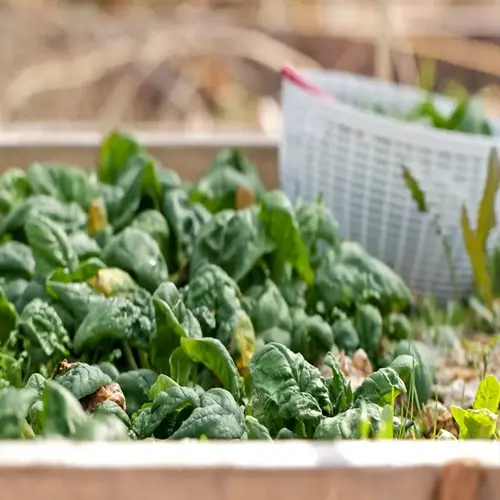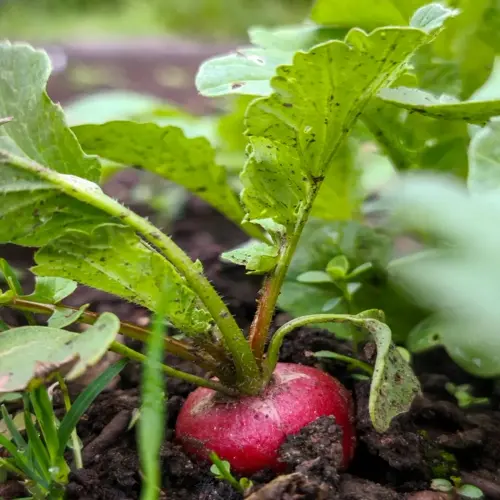How should I prepare pea beds for future seasons?

Written by
Julia Anderson
Reviewed by
Prof. Charles Hartman, Ph.D.Preparing pea beds for the next year's crop will ensure ongoing productivity and soil health. The day after harvesting will influence the succeeding crop next year. If a bed is managed correctly, it will support soil structure and nutrients for several more harvests. It will also prevent the transfer of diseases while improving on-farm production and achieving repeatable yields. All of these practices will develop sustainable garden fertility year after year.
When harvesting pea plants, cut them off at the soil level, rather than removing them by their roots. This maintains the nitrogen-rich nodules on pea roots, which enrich the soil. These nodules are populated by beneficial bacteria that fix nitrogen from the atmosphere. Maintaining them keeps this natural source of fertilizer present, and I've measured a higher amount of nitrogen this way.
After a harvest, incorporate compost deeply to fortify the soil. Follow the same steps to add back reserves of organic matter using compost that is fully decomposed and well-rotted. Incorporate by the same means, using a garden fork, at least 6-8 inches deep. This will improve the soil structure, making it easier for the soil to hold water. I have said my beds have better drainage when I have amended them consistently with compost.
Nitrogen Preservation
- Leave root systems intact when removing plants
- Avoid tilling to protect soil microbiology
- Test soil nitrogen levels before adding supplements
Organic Matter Restoration
- Spread 2-3 inches of compost over entire bed
- Mix gently without disturbing soil structure
- Add worm castings for microbial diversity
Succession Planting
- Follow peas with nitrogen-loving crops like spinach
- Plant shallow-rooted vegetables to avoid deep disturbance
- Use quick-growing greens to utilize residual nutrients
Immediately after pea harvest, plant nitrogen-consuming crops. Lettuce, spinach, and other greens can utilize residual nitrogen in the soil. This will minimize nutrient leaching during the rainy season and also after harvest. These succession crops protect bare soil from erosion. I find this method for my garden allows me to enjoy continuous harvests.
Before winter arrives, install a protective mulch layer to keep your plants healthy and thriving. A few inches of straw or shredded leaves (3-4 inches applied on top). This layer will insulate the soil from temperature extremes and protect it from compaction caused by heavy rains. The mulch will decompose slowly, adding organic matter through the cooler, winter months. The mulch should be removed gradually in the spring as soil temperatures warm.
Appropriate bed preparation sets the stage for future success. Healthy soil creates healthier plants with fewer problems. These methods decrease fertilizer input levels over time. You will have a more productive garden each season. Start these techniques immediately following your final pea harvest.
Read the full article: When to Plant Peas: The Complete Guide

